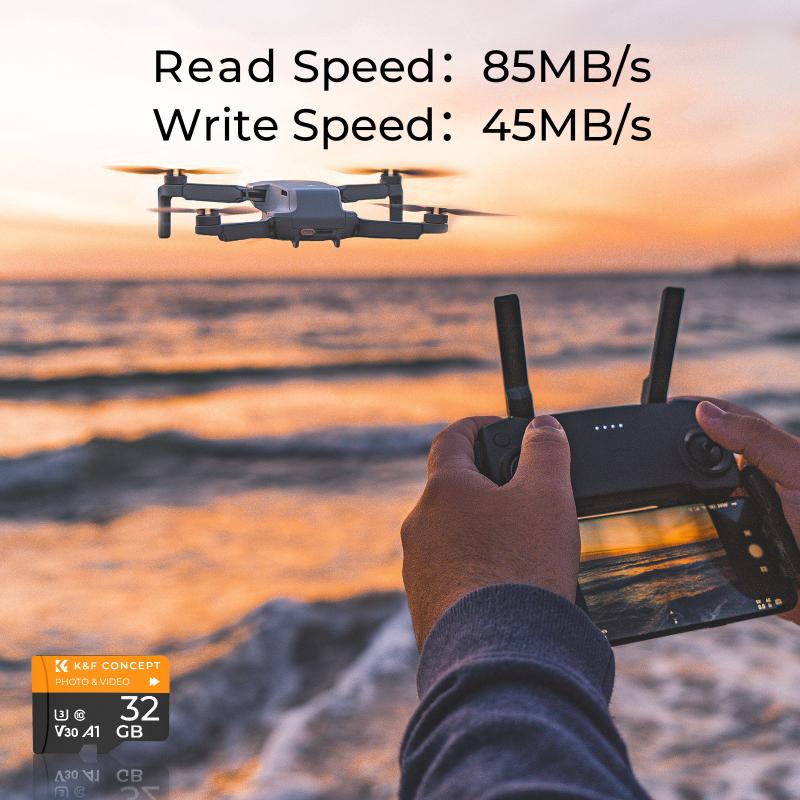Can You Put Apps On Sd Card?
In today's digital age, smartphones have become an essential part of our daily lives. With the increasing number of applications available for download, users often find themselves running out of internal storage space. One common solution to this problem is to move apps to an SD card. This article will explore the various aspects of moving apps to an SD card, including the benefits, limitations, and step-by-step instructions for different operating systems. By the end of this article, you will have a comprehensive understanding of how to manage your device's storage more effectively.
Benefits of Moving Apps to an SD Card

1. Increased Storage Space: The most obvious benefit of moving apps to an SD card is the increase in available internal storage space. This allows users to install more apps, store more media files, and improve the overall performance of their device.
2. Improved Device Performance: When the internal storage is nearly full, it can slow down the device's performance. By offloading apps to an SD card, you can free up internal storage, which can lead to a smoother and faster user experience.
3. Easy Data Transfer: SD cards can be easily removed and inserted into other devices. This makes it convenient to transfer apps and data between different devices without the need for complex data transfer processes.
4. Backup and Security: Having apps and data on an SD card can serve as a backup in case of device failure. If your phone gets damaged or lost, you can simply insert the SD card into a new device and regain access to your apps and data.
Limitations of Moving Apps to an SD Card

1. Not All Apps Can Be Moved: Some apps, especially system apps and pre-installed apps, cannot be moved to an SD card. This is because they require access to the device's internal storage to function properly.
2. Performance Issues: While moving apps to an SD card can free up internal storage, it can also lead to performance issues. SD cards are generally slower than internal storage, which can result in longer load times and reduced app performance.
3. Compatibility Issues: Not all devices support moving apps to an SD card. This feature is more common in Android devices, while iOS devices do not support this functionality at all.
4. Data Corruption: SD cards are more prone to data corruption compared to internal storage. If the SD card gets corrupted, you may lose access to the apps and data stored on it.
How to Move Apps to an SD Card on Android

Moving apps to an SD card on Android devices is relatively straightforward. Here are the steps to do so:
1. Insert the SD Card: Make sure the SD card is properly inserted into your device. If your device does not have an SD card slot, you will not be able to use this feature.
2. Format the SD Card: Some devices require the SD card to be formatted as internal storage before you can move apps to it. To do this, go to `Settings > Storage > SD Card > Format as Internal`.
3. Move Apps to SD Card:
- Go to `Settings > Apps & notifications > App info`.
- Select the app you want to move.
- Tap on `Storage`.
- If the app supports being moved, you will see an option to `Change` the storage location. Tap on it and select `SD Card`.
4. Repeat for Other Apps: Repeat the above steps for any other apps you want to move to the SD card.
How to Move Apps to an SD Card on Windows Phone

While Windows Phone is not as popular as Android or iOS, some users still use it. Here are the steps to move apps to an SD card on a Windows Phone:
1. Insert the SD Card: Ensure the SD card is properly inserted into your device.
2. Move Apps to SD Card:
- Go to `Settings > Storage sense`.
- Tap on `Phone`.
- Select the app you want to move.
- Tap on `Move to SD`.
3. Repeat for Other Apps: Repeat the above steps for any other apps you want to move to the SD card.
How to Move Apps to an SD Card on iOS
Unfortunately, iOS devices do not support moving apps to an SD card. Apple devices are designed with a fixed amount of internal storage, and users are encouraged to manage their storage through iCloud and other cloud-based services. If you are running out of storage on your iOS device, consider the following alternatives:
1. Offload Unused Apps: Go to `Settings > General > iPhone Storage` and enable `Offload Unused Apps`. This will automatically remove apps you don't use frequently, while keeping their data intact.
2. Use iCloud: Store photos, videos, and other files in iCloud to free up internal storage.
3. Delete Unnecessary Files: Regularly delete old messages, emails, and other files that you no longer need.
Moving apps to an SD card can be a practical solution for managing storage on your device. While it offers several benefits, such as increased storage space and improved device performance, it also comes with limitations like potential performance issues and data corruption risks. By understanding the process and following the steps outlined in this article, you can make an informed decision about whether moving apps to an SD card is the right choice for you.
For Android and Windows Phone users, the process is relatively simple and can be done through the device's settings. However, iOS users will need to explore alternative methods for managing their storage, as Apple devices do not support moving apps to an SD card.
Ultimately, effective storage management is crucial for maintaining the performance and longevity of your device. By regularly reviewing and optimizing your storage, you can ensure that your device continues to run smoothly and efficiently.

There are no comments for this blog.